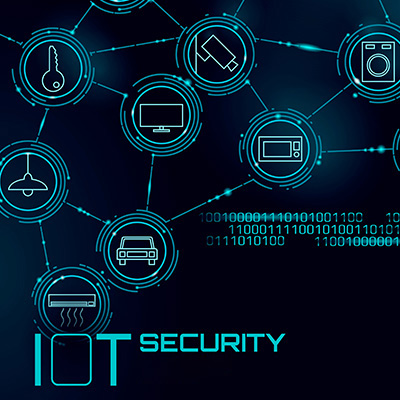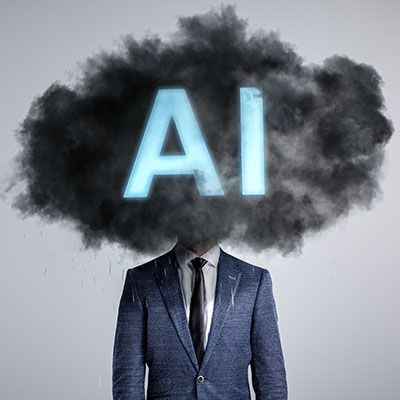Love them or hate them, self-service checkout registers in brick-and-mortar stores are here to stay… especially considering that research has demonstrated that Gen Z has about twice the level of buy-in to the automated point-of-sale terminals as Gen X does, and that self-checkout is the predominant form of payment today. With this success, many have wondered how welcome biometric payment processing might be. As it turns out, it would seem it isn’t.
While artificial intelligence is frequently hyped up to the point that it seems to be plucked from the realm of science fiction, its true applications are actually much more mundane. That being said, these applications are often the ones that show the most promise in terms of the value they have to offer society. For instance, let’s consider the work that Google is doing through something called Project Green Light.
The IoT, or Internet of Things, is everywhere. There’s a relatively good chance that a device that would be part of the IoT is within your reach right now, perhaps even on your person. Businesses of all kinds use the IoT for various purposes as well, but behind this usage lies significant risk from cyberthreats, and a shocking number of businesses seem to accept this risk without much concern… as in, the vast majority of surveyed businesses utilizing the IoT demonstrated a lack of protection, but seemed not to be bothered by it.
Over the past several years, it has come to the attention of people in various industries that there is going to be a time, very soon, where the data that needs to be stored is going to outweigh our ability to store it. Microsoft, in a collaboration with the University of Southampton in England has taken aim at this very problem and has come up with some innovative solutions.
Foldable phones undeniably saw a very slow start when they were introduced a few years ago, high prices and horror stories about their fragility scaring away all but the earliest of early adopters. However, thanks to an enthusiastic fanbase, the concept has persisted and has become a legitimate option amongst flagship devices. Let’s consider some of the predictions that have been made surrounding the future of the foldable smartphone market, and why business users might be drawn to the flexible form factor.
It isn’t unusual for modern businesses to turn more and more often to “green” technologies, partially due to the reduced environmental impacts that come with their use, and partially due to the operational advantages that many of these technologies also bring. Let’s discuss some of the options that even smaller businesses can embrace that bring these kinds of mutual benefits.
It seems that you can’t turn your head nowadays without seeing artificial intelligence being incorporated into some software or platform. However, many leaders in the technology space have expressed their concerns about—as they put it—the “profound risks to society and humanity” that AI poses, outlined in an open letter.
The thing about technology is that, regardless of how miraculous or otherworldly it may seem upon its introduction, it can quickly become so very familiar to us. Hard as it may seem to believe, someday (maybe even soon), things like ChatGPT and other bleeding-edge technologies will seem typical, perhaps even humdrum.
Unfortunately, the number of cyberattacks is consistently growing, and many of those attacks target business end users. This means that any account that requires a password for access could conceivably be compromised should attackers gain access to its credentials. At Directive, we promote the use of multi-factor authentication (also known as two-factor authentication or 2FA) to mitigate some of the risks inherent with the use of password-based accounts in the business.
The blockchain has been a hot topic in the past few years, if only tangentially. With all the buzz around cryptocurrencies, it can be easy to forget about the underlying technology that powers it and its other applications. Let’s pivot to these other applications for a moment and discuss how the blockchain could potentially be involved with security needs at some point in the future.










